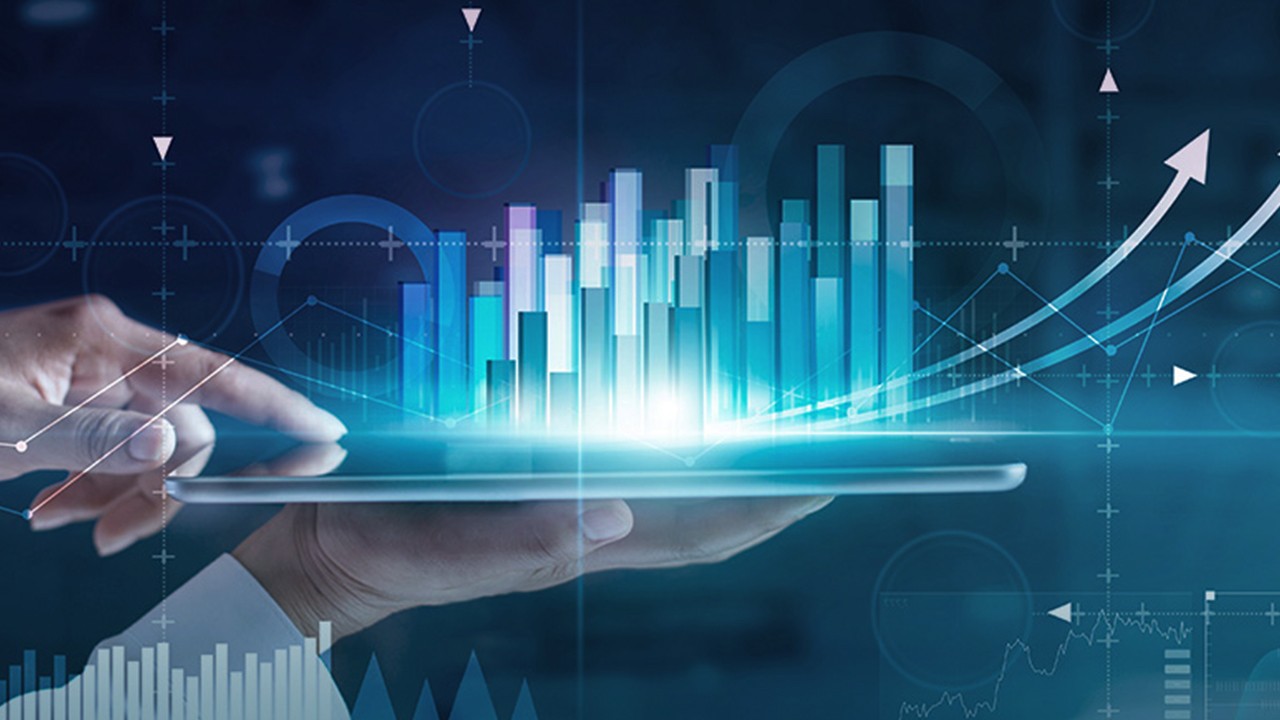Brandon Frere on Predictive Analytics: How AI Forecasts Business Trends In today’s data-driven landscape, the integration of Artificial Intelligence (AI) and predictive analytics has revolutionized how businesses interpret and leverage data to foresee future trends. Visionary leaders such as Brandon Frere, also known as Brandon Demond Frere, recognize the transformative impact of predictive analytics powered by AI in forecasting business trends. Let’s explore how this technology-driven approach enables businesses to anticipate market shifts, consumer behaviors, and industry trends. Understanding Predictive Analytics and AI Predictive analytics involves using historical data, statistical algorithms, and machine learning techniques to predict future outcomes. Brandon Frere acknowledges that AI-driven predictive analytics goes beyond traditional analysis, leveraging advanced algorithms to uncover patterns, correlations, and hidden insights within vast datasets. This technology empowers businesses to make informed decisions based on future projections rather than past observations. Uncovering Hidden Patterns and Trends AI-powered predictive analytics excels in detecting subtle patterns and trends that may elude human analysis. Brandon Demond Frere highlights how these algorithms sift through massive datasets, identifying correlations and relationships between various data points. By recognizing hidden patterns, businesses gain a deeper understanding of customer behavior, market dynamics, and emerging trends, enabling proactive decision-making. Enhancing Business Strategies Predictive analytics arms businesses with actionable insights to refine and optimize their strategies. Brandon Frere emphasizes how AI forecasts derived from predictive analytics inform strategic planning, resource allocation, and risk management. Whether in marketing, finance, supply chain, or operations, these insights enable businesses to preemptively respond to market shifts and gain a competitive edge. Anticipating Customer Behavior AI-driven predictive analytics empowers businesses to anticipate customer behavior with remarkable accuracy. By analyzing historical customer data, AI algorithms forecast future purchasing patterns, preferences, and trends. Brandon Demond Frere underscores how this predictive capability enables tailored marketing campaigns, personalized customer experiences, and targeted product offerings that resonate with individual needs and preferences. Improving Operational Efficiency Predictive analytics optimizes operational efficiency by forecasting demand, identifying inefficiencies, and streamlining processes. Brandon Frere recognizes how AI-powered predictions aid in inventory management, production planning, and resource utilization. By anticipating demand fluctuations and supply chain disruptions, businesses can minimize costs and maximize efficiency. Risk Mitigation and Decision Support AI-driven predictive analytics aids in risk mitigation by forecasting potential risks and opportunities. Brandon Demond Frere highlights how these insights enable businesses to assess risks associated with investments, market fluctuations, or operational changes. With predictive analytics, decision-makers gain valuable foresight, enabling them to make informed decisions with reduced uncertainty. Continuous Learning and Adaptation AI-powered predictive analytics continuously learns and evolves from new data inputs. Brandon Frere emphasizes how these algorithms adapt to changing market dynamics, refining their predictions over time. This iterative learning process ensures that businesses stay agile and responsive to evolving trends and customer behaviors. Challenges and Ethical Considerations Despite its remarkable capabilities, AI-driven predictive analytics also faces challenges. Ensuring data accuracy, addressing biases, and maintaining ethical standards in data usage are critical considerations. Brandon Frere advocates for transparency, ethical data practices, and continuous monitoring to mitigate risks associated with data privacy and algorithmic biases. Conclusion AI-driven predictive analytics represents a pivotal shift in how businesses interpret data and forecast future trends. Visionary leaders like Brandon Frere recognize its transformative potential in shaping strategic decision-making, enhancing customer experiences, and optimizing operational efficiencies. By leveraging AI-powered predictive analytics, businesses gain foresight into market trends, consumer behaviors, and potential opportunities, empowering them to stay ahead in an ever-evolving business landscape. As this technology continues to evolve, its role in forecasting business trends remains fundamental, offering businesses invaluable insights for informed and proactive decision-making.




